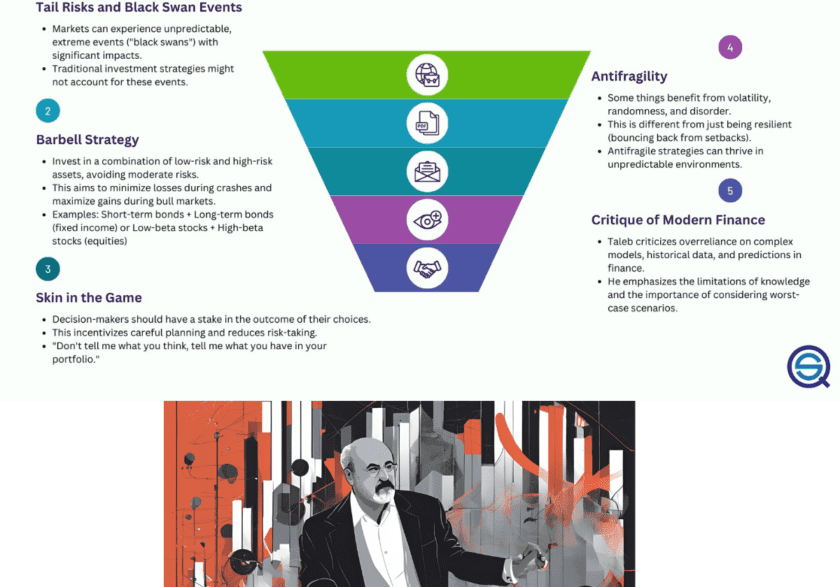
How to deal with losses during black swan events?
Dealing with substantial portfolio losses during a black swan event requires a combination of emotional discipline, risk management, and strategic adjustments. Here’s a tailored approach for the Indian market context:
1. Stay Calm and Assess the Situation
Avoid Panic Selling: Emotional decisions can lead to locking in losses. Black swan events often lead to a temporary overreaction in markets.
Analyze Fundamentals: Evaluate the companies or sectors in your portfolio. Strong businesses with sound fundamentals are more likely to recover once the panic subsides.
2. Diversify Your Portfolio
Sectoral Diversification: Indian markets are often influenced by specific sectors (e.g., IT, banking, pharma). A well-diversified portfolio across sectors can cushion losses.
Asset Class Diversification: Allocate investments to other asset classes like gold, bonds, or REITs. For instance, gold tends to perform well during crises and can act as a hedge.
3. Review and Rebalance
Reassess Risk Appetite: Determine whether your current portfolio aligns with your revised risk tolerance after the event.
Rebalance Strategically: If certain sectors or stocks have become disproportionately large or small due to market fluctuations, rebalance to align with your long-term goals.
4. Utilize Opportunities
Look for Value: Black swan events can present buying opportunities in fundamentally strong stocks at discounted prices.
SIP Approach: Continue or initiate Systematic Investment Plans (SIPs) in equity mutual funds or stocks to average out the cost during volatility.
5. Learn from the Event
Risk Management: Use the event to evaluate the effectiveness of your current risk management strategies. For example, did you have stop-loss orders or sufficient diversification in place?
Contingency Plan: Develop a contingency plan to deal with future uncertainties, such as maintaining an emergency fund or investing in liquid assets for quick access to cash.
6. Hedge Against Future Events
Derivatives: Consider using options or futures to hedge your portfolio against market crashes in the future.
Gold ETFs: In the Indian context, gold ETFs and sovereign gold bonds provide a safe haven during crises.
7. Leverage Professional Advice
Consult with a financial advisor to reassess your financial goals and make informed decisions tailored to the Indian market’s dynamics.
8. Stay Updated
Monitor Global and Local News: Black swan events often have ripple effects. Understand how global events (e.g., U.S. Federal Reserve decisions, geopolitical tensions) and local factors (e.g., RBI policies, government reforms) influence Indian markets.
Be Aware of Market Cycles: Recognize that the Indian markets have historically rebounded strongly from crises (e.g., 2008 financial crisis, COVID-19 pandemic).
9. Leverage Tax Benefits
Use realized losses strategically to offset gains in other investments under the Income Tax Act, 1961.
10. Build an Emergency Fund
Ensure you have 6-12 months’ worth of expenses in a liquid fund to prevent the need to sell investments during a downturn.
Example from Indian Context:
During the COVID-19 crash of March 2020, the Nifty 50 fell by over 30% in a matter of weeks. Those who:
Held strong stocks (e.g., Reliance, HDFC Bank) witnessed a full recovery.
Continued SIPs benefited from rupee cost averaging.
Diversified into gold saw gains as gold prices surged over 25% that year.


